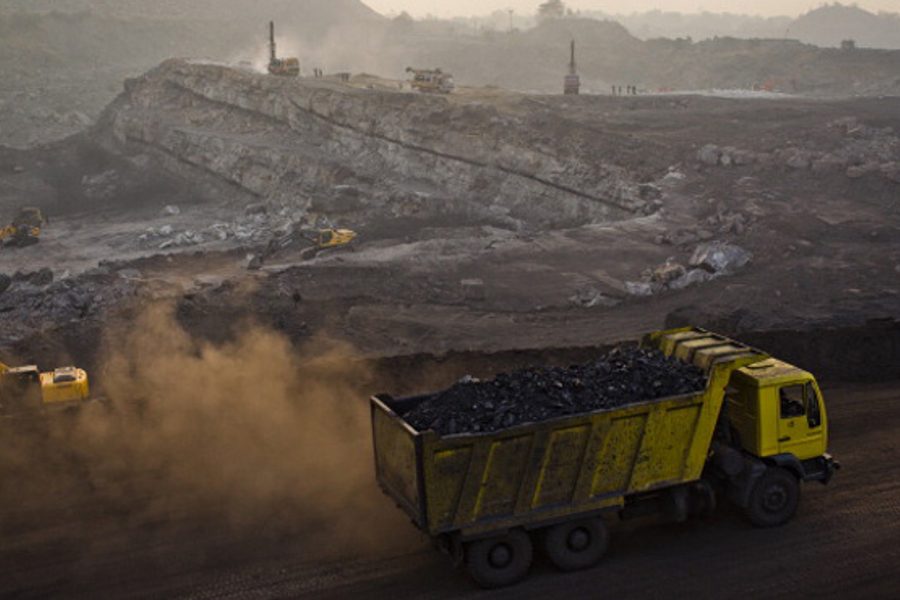
Black lung disease, a sickness long associated with workers who mine coal underground, has now been linked to workers who take part in surface coal mining, according to a report released Friday by the CDC.
Although surface mining — a practice that does not access coal from below ground, but instead removes the tops of mountains to access coal seams — produces 48 percent of the nation’s total coal supply, studies had not been conducted on workers to test for black lung disease since 2002. The new CDC study examined 2,257 surface miners, and found that 46 (roughly 2 percent) tested positive for black lung disease.
The region most notably hit was central Appalachia, which includes the states of Virginia, Kentucky and West Virginia. Thirty one out of the 46 workers that tested positive for black lung disease came from Central Appalachia. Twelve of the 46 that had black lung disease had contracted the most severe form of it. Sixteen other states were studied along with the central Appalachian region.
A “crude prevalence” was found in the three Appalachian states as compared to the 16 other states that were studied. Surface miners in the central Appalachian region were more likely to contract black lung disease than underground miners nationally. The national rate for black lung disease in underground mining is 3.2 percent; for surface miners in Appalachia, the rate is 3.7 percent.
The report stated that employers should take preventive measures:
Surface coal mine operators should monitor worker exposures closely to ensure that both respirable dust and silica are below recommended levels to prevent CWP. Clinicians should be aware of the risk for advanced pneumoconiosis among surface coal miners, in addition to underground coal miners, to facilitate prompt disease identification and intervention.
A lawyer interviewed by The Courier-Journal in Louisville, Ky., suggested the high percentage of black lung tied to Appalachian surface mines might be linked to the shortage of unionized mines in the region. “Non-union miners are job-scared,” the lawyer told The Courier Journal. “It’s (black lung disease) a product of non-union workplaces. It’s sad, really.”
The three central Appalachian states that were found to produce higher rates of black lung disease among surface miners also had three of the highest black-lung claims paid. According to the U.S. Department of Labor, West Virginia paid $46 million in black lung claims in 2011, Kentucky paid $34 million and Virginia paid $23 million.
Despite coal dust serving as a major cause of accidents and illnesses, federal laws that require the amount of dust in the air are not always followed. For example, the Upper Big Branch Mine explosion, which killed 29 miners, was linked to large amounts of coal dust that enabled a methane explosion to occur. Of the 24 miners’ lungs that were able to be autopsied, three-fourths tested positive for black lung disease.
Despite a 40-year effort to end black lung disease, an estimated 10,000 miners have died from the disease since 1995 — nearly 1,000 miners each year.





